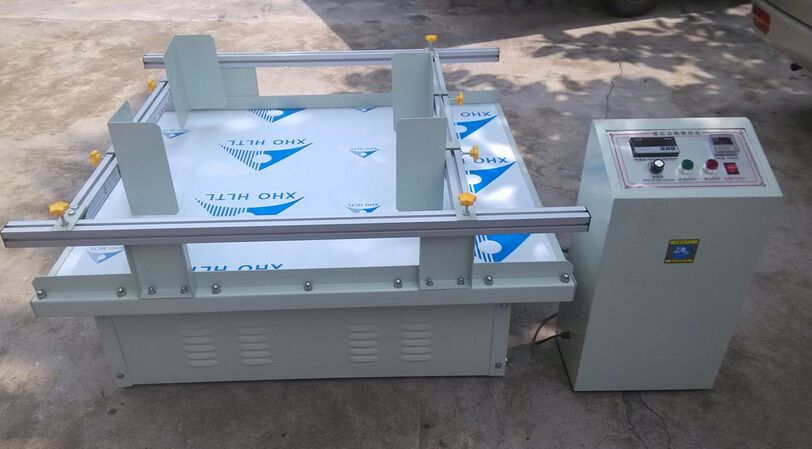Vibration & Transport Simulation Testing
Transportation and handling of packaged goods can be a complex process involving numerous stressors such as vibration, shocks, temperature variations, and environmental exposure. To ensure the integrity and safety of products during transit, packaging must undergo rigorous testing to simulate these conditions accurately. Vibration and transport simulation tests are critical for assessing how well a package will perform under real-world conditions.
These tests help manufacturers identify potential flaws in their designs that could lead to product damage or failure during shipment. By simulating various modes of transportation, including road, rail, air, and sea, as well as different environmental factors like temperature changes and humidity levels, these tests provide valuable insights into the durability and resilience of packaging materials.
The goal is not only to prevent physical damage but also to ensure that the contents remain secure within their containers throughout the entire supply chain. This includes protecting against theft or tampering during transit. Properly designed packages can withstand rough handling at various stages, ensuring product quality remains intact until it reaches its final destination.
Testing methods vary depending on specific requirements set by industry standards such as ISO 2631-1:1997 (Human Exposure to Vibration) and ASTM D475: Standard Test Method for Determining the Effectiveness of Packaging Systems in Reducing Shock and Vibration. Laboratories specializing in this field use sophisticated equipment like shakers, environmental chambers, and impact testers to create controlled environments that mimic actual transportation scenarios.
Preparation involves selecting appropriate specimens based on size, shape, weight, and material composition. Specimens are often loaded into mock-ups representing typical packaging configurations used by manufacturers. During testing, technicians monitor parameters such as acceleration levels, frequency ranges, duration of exposure, and temperature fluctuations to ensure accurate representation of real-world conditions.
Analysis focuses on evaluating the performance metrics provided by the equipment during each trial run. Key indicators include displacement, velocity, and force measurements recorded at various points along the package's path through simulated transport routes. Results are compared against predetermined acceptance criteria established according to relevant regulations or internal quality control guidelines.
The information derived from these tests allows companies to make informed decisions about improvements needed in their current packaging solutions. It enables them to optimize designs for better protection while reducing unnecessary costs associated with over-engineered systems.
Scope and Methodology
The scope of vibration and transport simulation testing encompasses a wide range of activities aimed at evaluating packaging performance under realistic conditions encountered during shipment. The methodology typically follows these steps:
- Selecting appropriate specimens based on product characteristics.
- Loading specimens into mock-ups representing actual packaging configurations.
- Subjecting packages to controlled environments that replicate transportation routes and environmental factors.
- Monitoring key performance metrics during the test runs.
- Evaluating results against predefined acceptance criteria.
This structured approach ensures thorough assessment of packaging integrity, providing valuable data for continuous improvement efforts in product design.
Industry Applications
Vibration and transport simulation testing finds application across various industries where proper packaging is crucial for maintaining product quality and safety. Here are some key sectors:
- Aerospace: Ensuring components remain undamaged during launch and re-entry.
- Pharmaceuticals: Protecting medications from temperature extremes and mechanical stresses.
- Electronics: Safeguarding sensitive electronic devices against shock and vibration.
- Fashion: Maintaining fabric integrity during transit to prevent damage or deformation.
In each sector, the focus remains on protecting valuable assets through effective packaging solutions tailored specifically for their unique challenges.
Use Cases and Application Examples
- Aerospace: Testing satellite components to withstand launch vibrations before deployment.
- Pharmaceuticals: Evaluating temperature-controlled shipping containers for drug stability during transit.
- Electronics: Assessing laptop packaging durability in simulated drop tests mimicking rough handling.
- Fashion: Inspecting garment bags to ensure they maintain shape and prevent stretching during air travel.
These examples illustrate how vibration and transport simulation testing plays a vital role in safeguarding valuable cargo across diverse industries. By identifying weak points early on, companies can implement necessary modifications to enhance overall protection levels.





